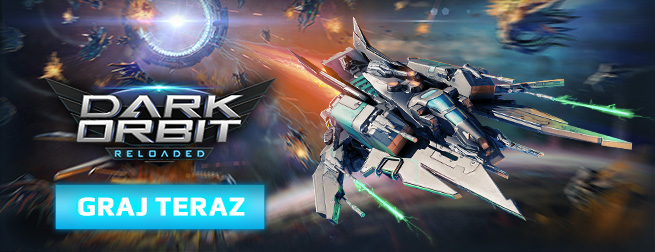-

0 -

4001 -

1434 -

7173
12961 plików
4115,79 GB
 Foldery
Foldery Ostatnio pobierane pliki
Ostatnio pobierane pliki
- sortuj według:
- 156 KB
- 17 mar 17 20:33
zachomikowany
- 32,2 MB
- 17 mar 17 20:33
zachomikowany
- 168 KB
- 17 mar 17 20:33
zachomikowany
- 44,3 MB
- 17 mar 17 20:33
zachomikowany
- 156 KB
- 17 mar 17 20:33
zachomikowany
- 73,7 MB
- 17 mar 17 20:33
zachomikowany
- 160 KB
- 17 mar 17 20:33
zachomikowany
- 110,4 MB
- 17 mar 17 20:33
zachomikowany
- 145 KB
- 17 mar 17 20:33
zachomikowany
- 32,9 MB
- 17 mar 17 20:33
zachomikowany
- 132 KB
- 17 mar 17 20:33
zachomikowany
- 33,5 MB
- 17 mar 17 20:33
zachomikowany
- 116 KB
- 17 mar 17 20:33
zachomikowany
- 37,5 MB
- 17 mar 17 20:33
zachomikowany
- 137 KB
- 17 mar 17 20:33
zachomikowany
- 12,8 MB
- 17 mar 17 20:33
zachomikowany
- 152 KB
- 17 mar 17 20:33
zachomikowany
- 40,9 MB
- 17 mar 17 20:33
zachomikowany
- 130 KB
- 17 mar 17 20:33
zachomikowany
- 40,5 MB
- 17 mar 17 20:33
zachomikowany
- 72 KB
- 17 mar 17 20:33
zachomikowany
- 37,5 MB
- 17 mar 17 20:33
zachomikowany
- 123 KB
- 17 mar 17 20:33
zachomikowany
- 47,3 MB
- 17 mar 17 20:33
zachomikowany
- 87 KB
- 17 mar 17 20:33
zachomikowany
- 26,1 MB
- 17 mar 17 20:33
zachomikowany
-

525 -

589 -

24 -

0
1165 plików
28,86 GB

























 Zaprzyjaźnione i polecane chomiki
Zaprzyjaźnione i polecane chomiki 


